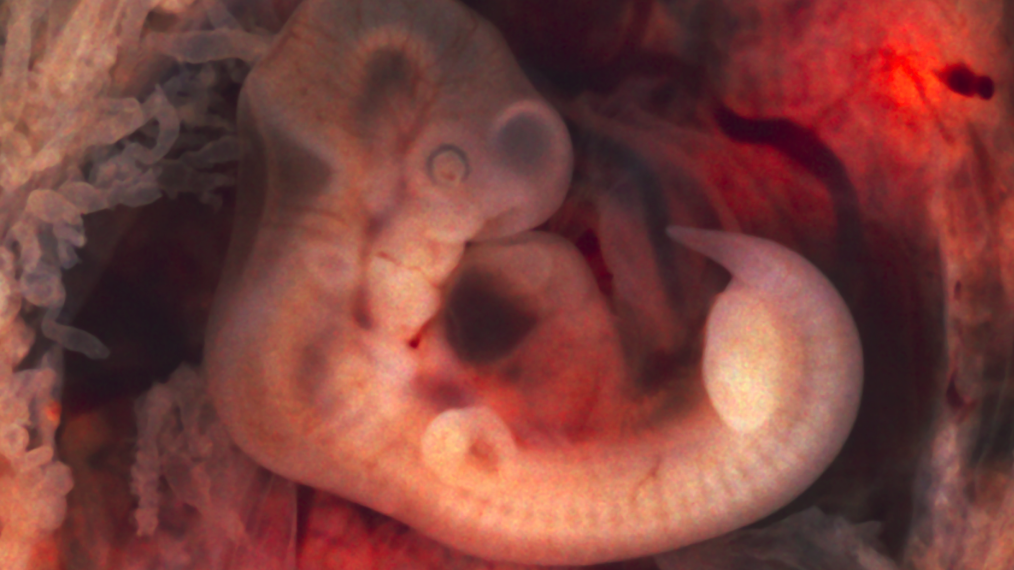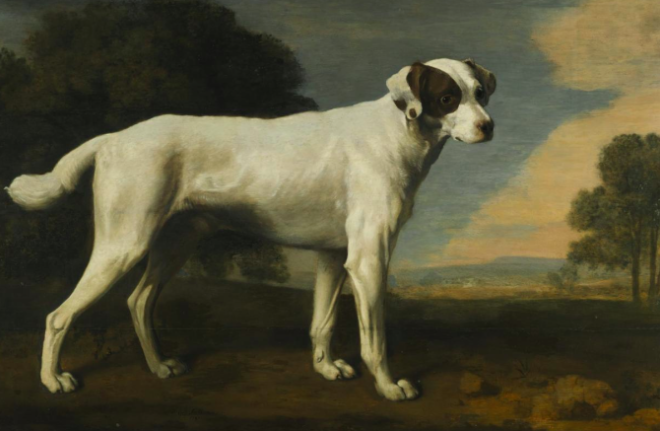
One of the hallmarks of aging is a process called senescence. Cells stop dividing and release a distinctive blend of chemicals that cause inflammation and other effects. It’s thus a big surprise that scientists have now found senescent cells in embryos. For my new column for the New York Times, I take a look at this remarkable similarity between old and new–and how it changes our understanding of how we developed from an egg. Check it out.
Continue reading “Old Age In the Embryo: My New Matter Column for the New York Times”

